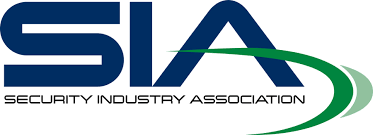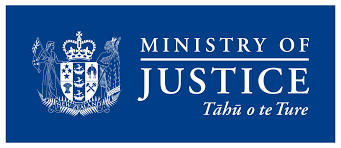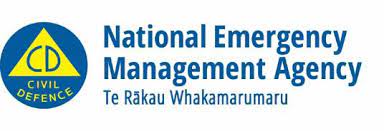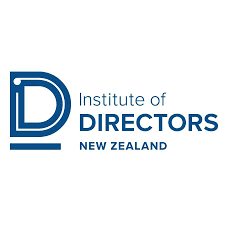Address
304 North Cardinal St.
Dorchester Center, MA 02124
Work Hours
Monday to Friday: 7AM - 7PM
Weekend: 10AM - 5PM


Protecting people, assets and information
Global Risk Consulting (GRC) suggests that the growing problem of poaching and rustling in rural New Zealand may be best combatted by a combined law enforcement and private security sector intelligence gathering effort. At present this is a recorded $122 million dollar issue to the New Zealand community and growing. We think with the unreported element would push the cost significantly higher, perhaps even $250m per annum.
GRC Security Services
The economic cost of poaching and rustling is without doubt one of the most challenging issues facing rural New Zealand landowners. In addition to financial loss, numerous incidents highlight the additional risks these crimes pose to farming operations and the safety and wellbeing of landowners and their stock.
Our organisation has been involved in international security for a number of years, including in hostile and sometimes challenging environments in the Middle East, Africa and Asia. We started with the British Foreign Office in the early 2000s, with a number of Ambassadors, large oil and gas majors, global cementing and electrical firms, Middle East Royals and film industry companies have been among our clients.
As the security landscape changes, so too does the need for differing approaches. In Iraq, security company Aegis managed an $800m dollar project known as the Reconstruction Operations Center
(ROC). The ROC collated meaningful intelligence from military and private security sector sources on the ground, providing a centralised hub of security information for analysts to breakdown and use across
their operationally deployed teams.
The information was disseminated to various military and private security sector users to help shape a better security approach based on real-time data, which meant that operations could be planned as a direct result of the intelligence. Better intel means better security outcomes by working together.
For our clients, multi-million-dollar operations hinged on security data, which was an enabler to making informed decisions about the approach and costs matched up against a risk vs rewards model. If the data clearly outlined significant operational, reputational risks then appropriate treatment could not be achieved. Having the good data – micro and macro – was crucial to inform decisions.
This type of thinking has driven the way Special Forces operate across the world in terms of
‘understanding your enemy’, but in the context of poaching and rustling we’re talking well organized, well-funded criminal groups / individuals. In essence, if we understand the enemy (in this case poachers / rustlers) then we can design a best approach model and if they change their mode of approach we are agile enough to change with them.
This is an assortment of local knowledge (farmers and possibly their neighbors) general reports and information that helps shape the “intelligence picture.” This feeds into an overall planning for potential covert operations. This is a critical component which helps to develop the specifics of how one would approach the task. Each task will have its own little idiosyncrasies and your operators should be flexible enough to adjust to it.
Over the last few years we have collated data from various sources that we feed into an Artificial Intelligence system in association with Google mapping. These powerful analytical tool provides us the capability to better understand where and why poaching and rustling occurs across the country, if not the world. We can see quite clearly pockets of rustling and poaching occurring at a strategic level, this helps inform whether there is a concerted effort in a region or a one-off approach. This tells us the types of people and it begins to produce a target profile. There will be some similarities across each incident about their behavior and the patterns of activity (how they do it, where they do it).
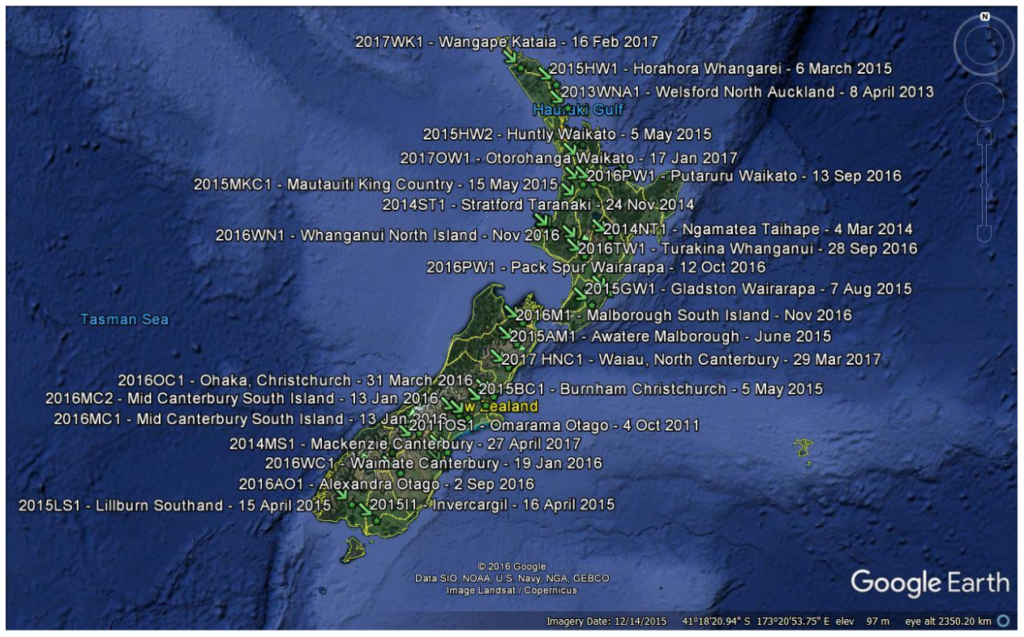
In essence, we’ve found that poaching and rustling activity is conducted across all regions to alarming levels and at various costs – from one to two animals for ‘mom and pop’ farmers all the way up to $1m dollars for one unfortunate owner. One farm in central North Island lost 1200 sheep over a sustained period. There is a level of sophistication required to carry out an operation of this magnitude, there are significant resources and personnel involved.
Covert tracking and observation teams have been used in military and law enforcement agencies across the globe for centuries and they come with refined skill sets that are deployed against enemy forces or criminals in order to gain intelligence for their commanders, which they in turn use for strategic decision making.
Teams can be covertly inserted into the field with little disruption to everyday life. They use high tech equipment (cameras, thermal and night vision devices) to scan the area to isolate the perpetrators and conduct covert surveillance on parts or their entire activity.
We have a small group of specialists from a Special Forces background able to conduct intel gathering via undetected surveillance on groups during suspicious activity, which can include poaching. From this, an intel picture is created that the client can then act upon. This is conducted is a couple of phases.
Our ex-Special Forces guys bring about specialised skill sets and a significant amount of covert surveillance experience specifically focused on Observation Posts and Tracking Teams. These teams can be fully self-sufficient (food / water – up to 4 weeks) and camouflaged to enable them to blend in with their environment so as to become virtually invisible.
The teams can collect evidence that may be used for prosecution at a later date, or potentially work in coordination with police. Once poachers begin to leave the property or have the animal in their procession then the police can be called upon to apprehend them.
The teams include combat trackers, who have a refined set of skills used in theatres of operations to follow another group and gain information from the track itself. Surprisingly the enemy does leave a significant amount of information known as ‘sign’ behind them that enables the combat tracker to establish what we term as an ‘intelligence picture” (who they are and where they entered the property).
The intelligence picture includes information such as (i) the level of skill of the group, (ii) direction of
travel, (iii) number of personnel in the party, (iv) types of equipment carried, (v) types of weapons if any, (vi) their level of discipline / or lack of and, (vii) what they are doing at the location (poaching, theft, reconnaissance etc).
While the deployment of such intelligence gathering efforts may result in a positive outcome for a client, when deployed singularly it doesn’t do much to halt the growing scourge of poaching and rustling nationally. Poaching and rustling have been on the rise in a vacuum created by little Police intervention (ie. poaching is a low law enforcement priority). For as long as this continues, criminal elements will persist to exploit the opportunity.
The ROC example provides for a worthwhile model to consider in the context of poaching and rustling in New Zealand. Sure, the New Zealand countryside is a long way from international conflict zones, but poaching is nevertheless an area where a collectivised approach to intel collation and dissemination may
pay profound dividends for improving the health and wellbeing of the rural community as a result. This can also be measured at the economic and social levels, where less animals are being poached.
Federated Farmers and FMG Insurance statistics tell us that 56% of rustling are sheep, 19% are beef, 15% are dairy animals, 6% deer, 2% goats and the remainder are other livestock (pigs and chickens).
At a macro level, the ability to centralise poaching intel from police, private security and open sources would provide stakeholders with a complete view from which stakeholders may conduct analysis and derive ‘intelligence pictures’ specific to their locations and contexts.
At a micro level, covert surveillance teams working in a coordinated fashion with the Police and the rural community, would provide real-time, actionable intelligence leading to Police intervention and potential
prosecutions. The end state would be a change in behavior and thinking by the criminal groups (as result of heavier prosecutions), but also bring about a sense of assurance that identified risks can pose opportunities for others.
This type of coordinated approach has been achieved by disparate multinational stakeholders in conflict zones and there’s no reason why its relevant features couldn’t be utilised here in the context of poaching and rustling and other national and international security related issues. It would involve some
investment, but considering the millions of dollars lost to these types crimes each year, it would prove to be an intelligent investment indeed.
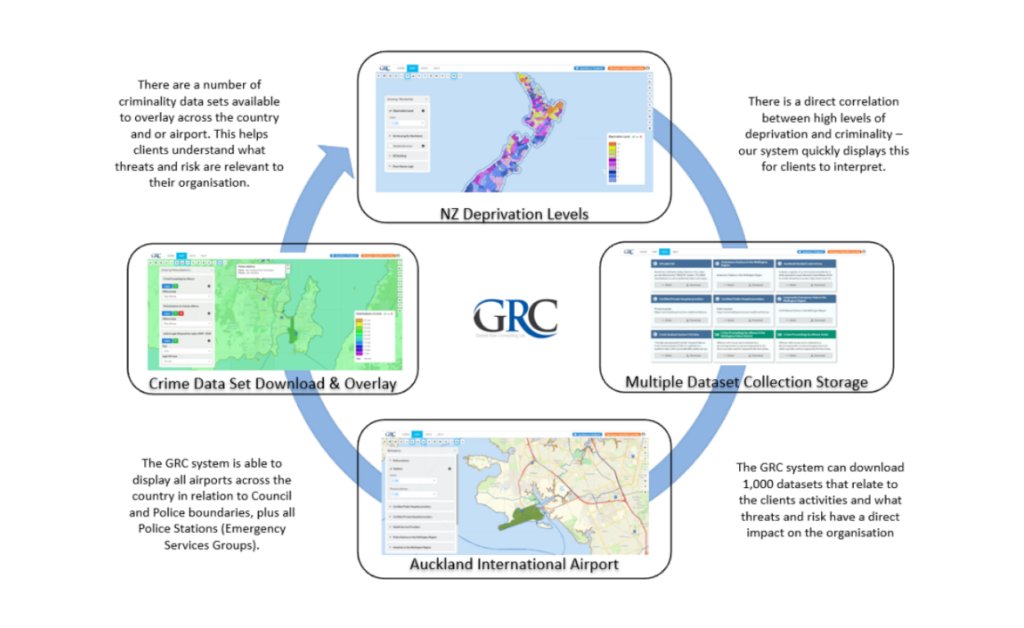
DISCLAIMER: This document gives certain information about products and/or services provided by Global Risk Consulting (GRC) Limited or its related partner companies. The information is indicative only and is subject to change without notice meaning it may be out of date at any given time. Although every commercially reasonable effort has been taken to ensure the quality and accuracy of the information, GRC makes no representation as to its accuracy or completeness and it should not be relied on as such. To the extent permitted by law, all express or implied, or other representations or warranties in relation to the information are expressly excluded. Neither GRC nor any of its directors, employees or other
representatives shall be responsible for any loss that you may incur, either directly or indirectly, arising from any use or decisions based on the information provided. Except where stated otherwise, the information is subject to copyright owned by GRC and you may not sell it without permission. GRC is the owner of all trademarks reproduced in this information. All trademarks which are not the property of GRC, are acknowledged.
Copyright © GRC Ltd. All rights reserved.
